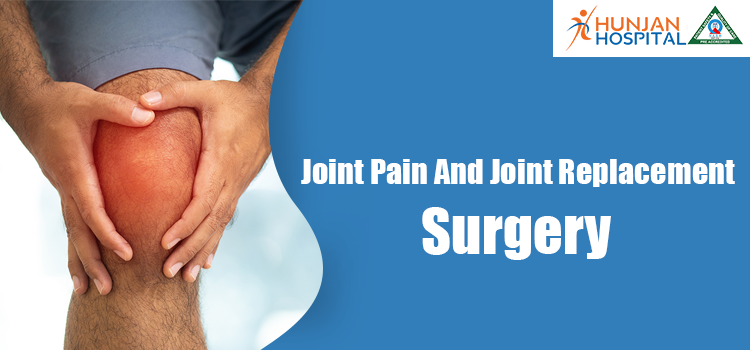How should I take care of myself after the joint replacement surgery?

Smooth recovery: Major part of successful results
If you have recently undergone joint replacement surgery, you must give proper consideration to the recovery time. It’s essential that you wait for enough time so that the joint recovers through the effect of surgery. You have to be mindful of all the necessary tips shared by your Joint Replacement Surgeons in Punjab to speed up the recovery and get successful results.
Right from wound care to your diet, you have to be particular about everything. In case there’s any point where you are not sure or have any doubt, then do visit the top-rated Ortho Hospital in Ludhiana to get your condition addressed effectively.
How can I gain strength after joint surgery?
There are a few important things that you have to be mindful of after the joint replacement surgery:
- You need to stay active once you reach home. Like you can perform the weight bearing and take support of the walker or crutches. The therapist will guide you better on what you have to do.
- In most cases, you can get back to the daily regime within a few weeks. It’s better that you begin with a proper plan that includes walking and exercise. Both these factors are important.
When can I get back to my daily regime?
Well, there is no specific time because every person is different, so recovery time will vary.
- For driving, you need at least a few weeks; just make sure to take the pain medications.
- You can do sexual activity once you feel normal. You can discuss the same with the doctor.
What you can do is sports and exercise because these do work as fitness activities. In case you have been following a strenuous regime in the past, then you should be extremely careful about the same.
How can I prevent infection?
Infection is the most common concern that must be handled with utmost ease. You have to be careful; otherwise, it can make the situation even worse. Don’t let any bacteria enter the bloodstream; otherwise, there is a risk of skin infection or UTI. Make sure to take all the necessary antibiotics as told by the doctor.
Blood clot prevention
In some cases, blood clots may form in the thigh or calf. And that’s the reason you should consult the doctor if there’s a blood thinner that can help to stop the problem. If the clot breaks, then it can reach the lung, which increases the chances of causing severe problems. Don’t ignore the possible signs of infection:
- Persistent fever (higher than 100 degrees)
- Shaking chills
- redness, tenderness, or swelling of the wound
- The wound start to get drained
- Increasing pain with activity and rest
Are there any warning signs of blood clots?
- Pain in the calf or leg
- Redness or tenderness present in the below or above knee area
- Foot, ankle, calf, or thigh swelling
Related Post
Play Safe, Recover Strong: Home Remedies for Minor Sports Injuries and When to See a Doctor
By: Hunjan_Hospital
July 16, 2024
ऑस्टियोपोरोसिस की बीमारी से हो सकती है हड्डियां खोखली, पुरुष भी हो रहे है इस समस्या से शिकार
By: Hunjan_Hospital
July 13, 2024
किन बातों का ध्यान रखने से घुटने हो जाएंगे तंदुरुस्त? जानिए एक्सपर्ट्स द्वारा बताए गए ये टिप्स & ट्रिक्स
By: Hunjan_Hospital
June 29, 2024







